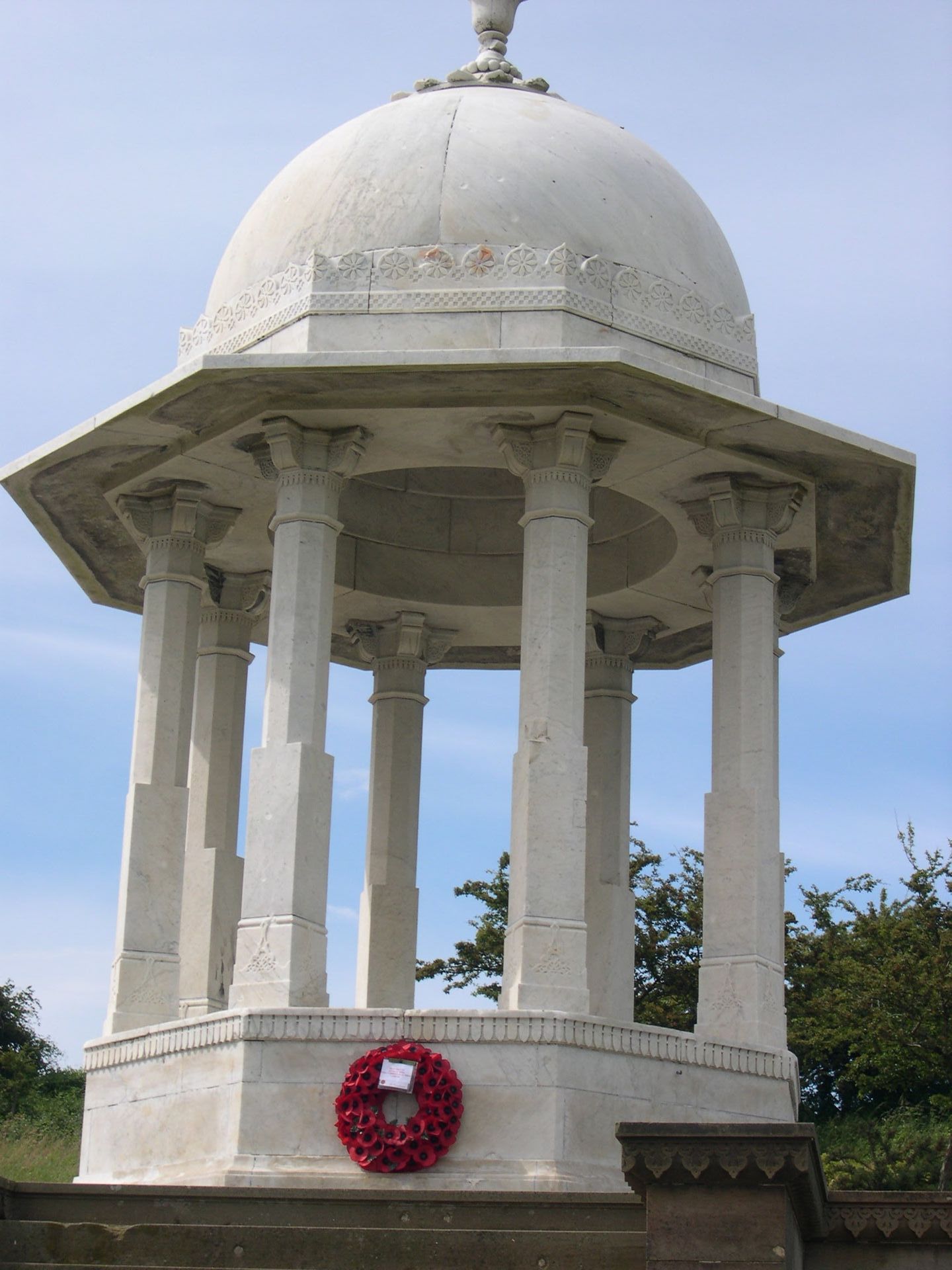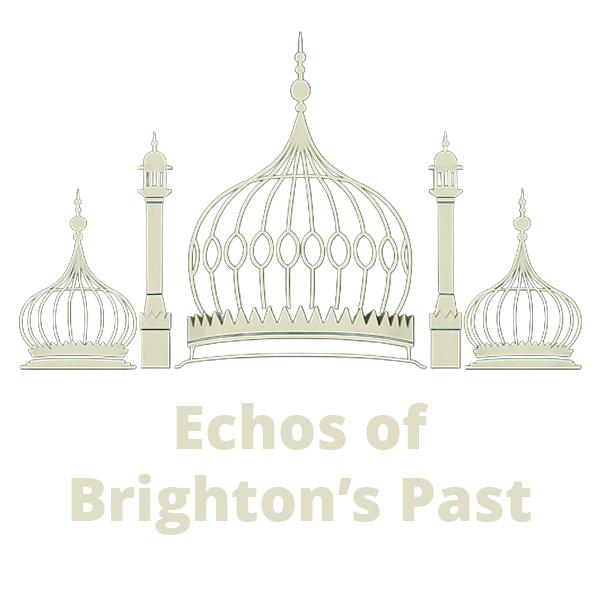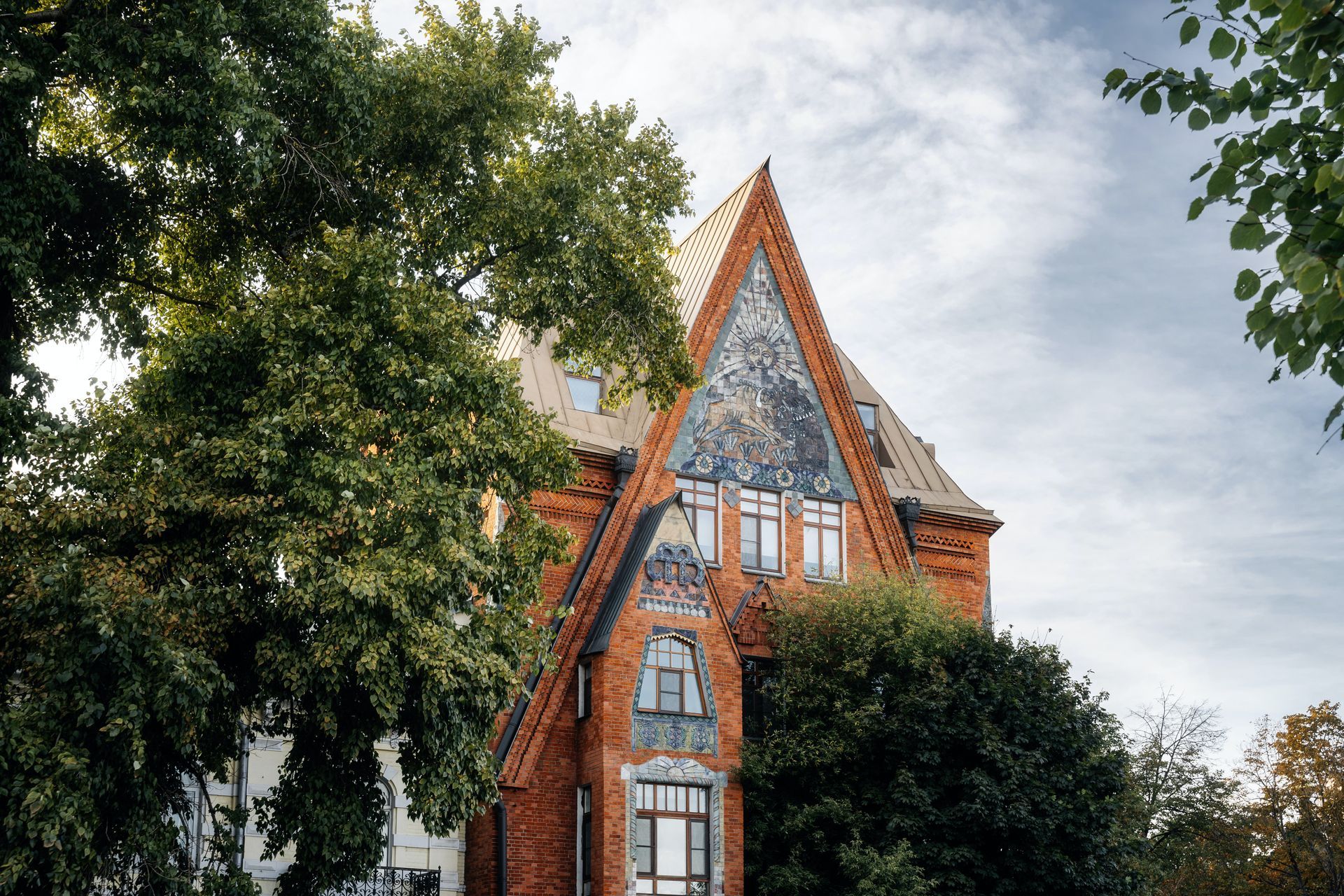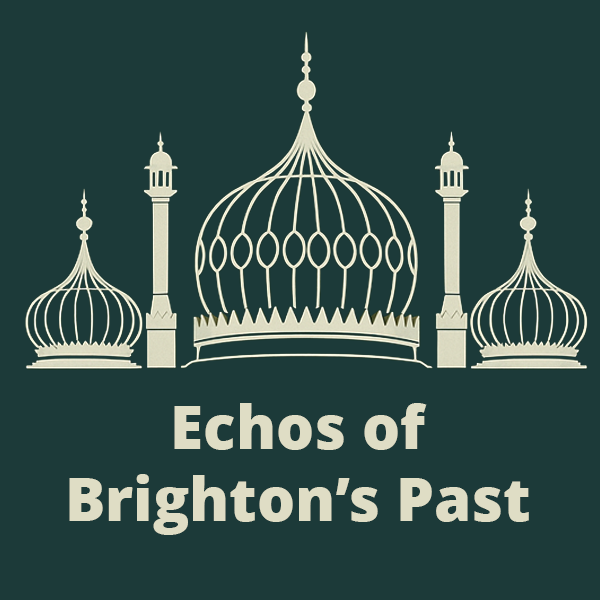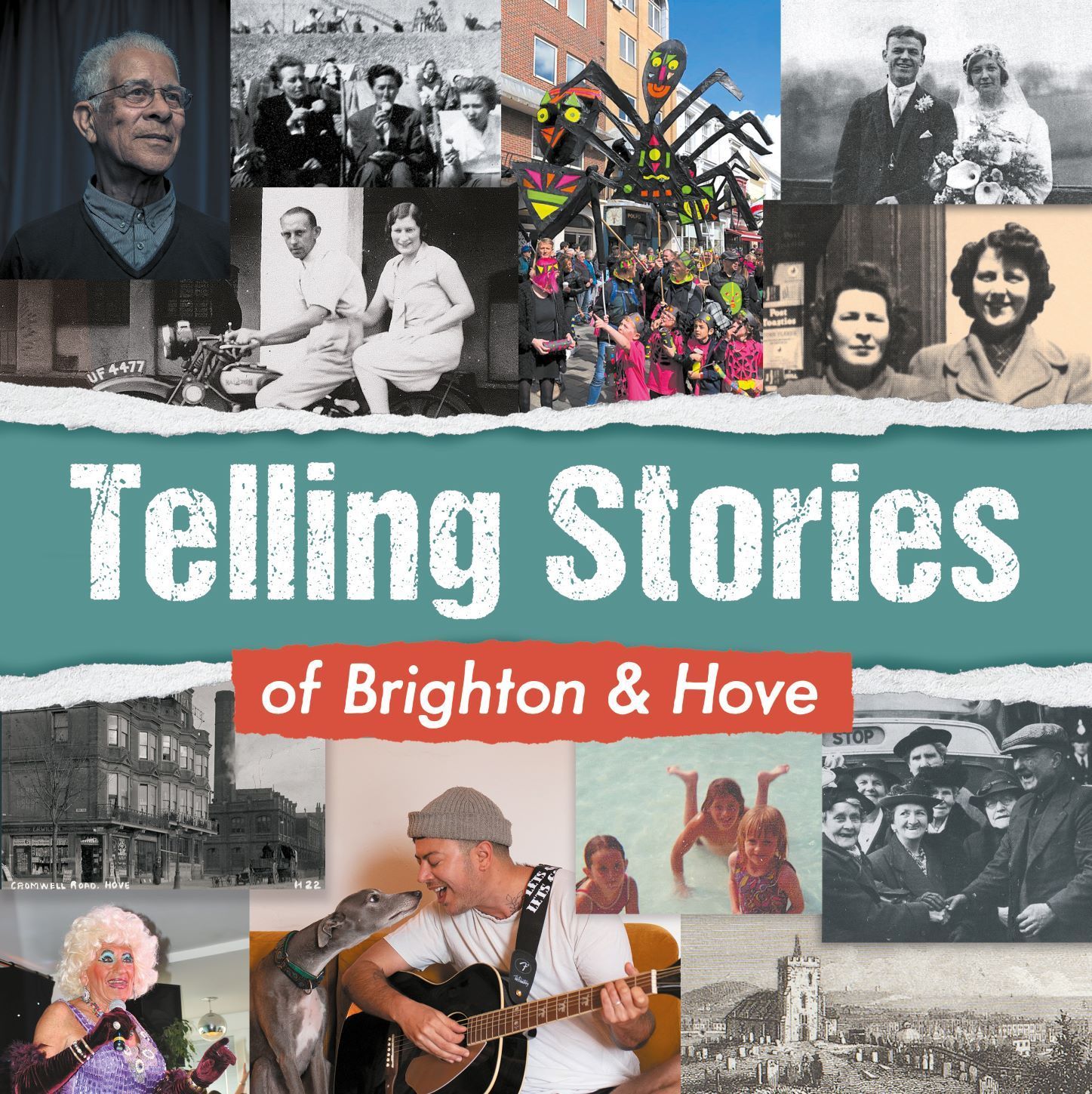Article
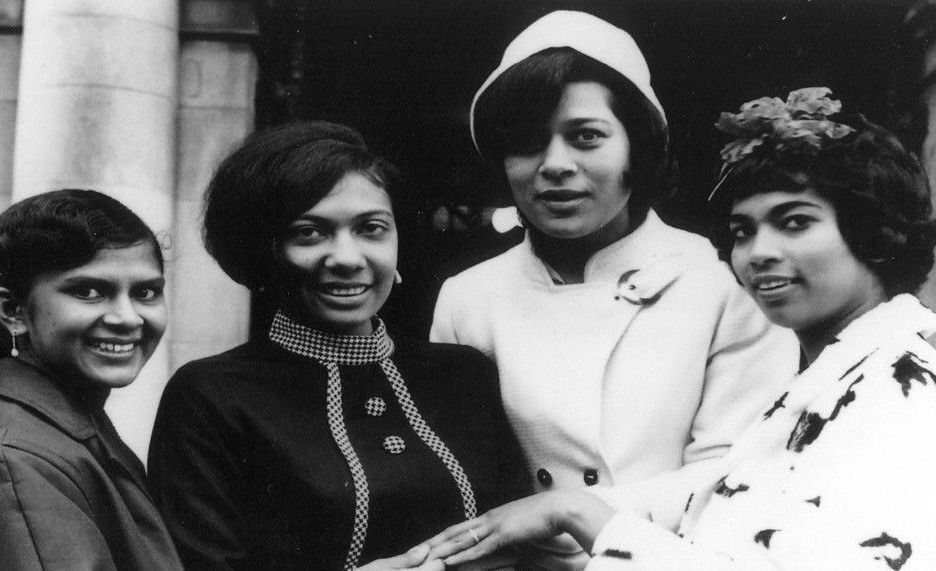
1950–1973
After the War: A Nursing Shortage
After World War II, Britain faced the huge task of rebuilding its healthcare system. In 1948, the new National Health Service (NHS) was launched, promising free healthcare for everyone. However, it quickly faced a serious shortage of nurses. By 1948, around 54,000 nursing posts across the UK remained unfilled. Brighton and Hove, like many places, felt this shortage. Hospitals struggled to recruit enough nurses to care for those recovering from the war. To help solve this, during the 1950s, the British government began recruiting nurses from overseas, mainly from countries within the British Commonwealth.
Many British women who had worked as nurses during the war left the profession afterwards, returning to their families or moving into other jobs. This made the shortage even worse. As a result, Britain turned to other countries for help. In the early 1950s, the Ministries of Health and Labour set up recruitment schemes across the Caribbean, West Africa, and Asia. Recruitment offices opened in at least 16 British colonies, selecting young men and women to train as nurses in Britain. Advertisements appeared in Jamaica, Trinidad, Barbados, British Guiana (now Guyana), Nigeria, Ghana, Malaysia, and elsewhere. They offered promises of education, adventure, and the chance to support the “mother country.”
Nurses Arriving in Brighton
In Brighton, overseas nurse recruitment started in the early 1950s. Major hospitals, such as Brighton General Hospital and smaller specialist hospitals in Hove, opened their training programme’s to these new recruits. Most overseas nurses were young – in their late teens or early twenties. One example is Dolly from Guyana, who arrived in Brighton aged 20. She trained as a nurse and later became the first Caribbean ward sister in Brighton and Hove, a remarkable achievement at the time.
Background of Overseas Nurses
Despite prejudices held by some at the time, many overseas nurses came from well-educated and professional backgrounds. In the Caribbean, for example, nursing was a respected and prestigious career. Many of the recruits had completed secondary education or had previous nursing experience in their home countries. Nurses from Jamaica often trained at Kingston Public Hospital before coming to Britain. Nurses from Nigeria and Ghana sometimes already held basic nursing qualifications. However, despite their experience, they were often required to start in junior roles in Britain while they retrained to meet UK standards.
Training and Life in Brighton
When they arrived, overseas nurses usually undertook training to become either state-enrolled nurses (SEN) or state-registered nurses (SRN). Brighton General Hospital’s training prospectus from the 1950s welcomed overseas trainees, offering a structured programme of ward duties, lectures, and examinations. Nurses typically lived in hospital accommodation, often dormitory-style housing supervised by a matron or senior nurse. Life was highly structured, with curfews, communal meals, and plenty of studying after shifts.
The adjustment was not easy. Nurses from warmer countries often struggled with Britain’s colder weather and unfamiliar food. Many Caribbean nurses remembered the wonder of seeing snow for the first time but found British meals difficult to get used to. Nevertheless, strong friendships formed. Nurses supported one another, shared meals from home, celebrated cultural festivals, and helped each other cope with homesickness and prejudice.
Experiences in Brighton’s Hospitals
By the late 1950s, Brighton’s hospitals had become increasingly multicultural. Photographs from the time show nurses of different ethnic backgrounds working side by side. Overseas nurses carried out a wide range of tasks, from general patient care to assisting in surgeries and emergency work, playing a vital role in keeping the NHS running. However, racism was a harsh reality. Some patients refused treatment from Black nurses, and racist comments were not uncommon. There are recorded incidents where patients doubted nurses’ abilities simply because of their ethnicity. While some hospitals stood by their staff, others reassigned nurses to avoid conflict. Overseas nurses were often given the least desirable shifts, such as nights or work on geriatric wards.
Despite these challenges, many overseas nurses found support from senior colleagues. Community groups, churches, and social clubs in Brighton also provided a warm welcome. Caribbean nurses attended dances at local venues, and West African nurses took part in Brighton’s annual Carnival parade, proudly sharing their cultures.
The Impact on Brighton’s Healthcare
The contribution made by overseas nurses was enormous. They helped ease the staffing crisis and allowed hospitals in Brighton to remain open and serve their communities. For example, in 1956, Brighton’s eye hospital praised nurses from India for enabling an increase in surgical operations. By 1960, thousands of Caribbean nurses had arrived in Britain, many serving across the South-East, including Sussex. By 1977, overseas-trained nurses made up 12% of nursing staff across the UK.
In Brighton, their legacy can still be seen today in the multicultural NHS workforce. Many of the nurses who arrived in the 1950s chose to stay permanently. They progressed to senior positions, married, had families, and became a key part of Brighton’s growing Black and Asian communities. Pioneers like Nurse Dolly from Guyana paved the way for future generations. At a time when opportunities for Black staff were limited, their achievements stand as a powerful testament to their skill, resilience, and determination.
A Lasting Legacy
The nurses recruited during this time – now recognised as part of the “Windrush generation” – played a crucial role in building Britain’s healthcare system. They filled an urgent need with professionalism, kindness, and strength, despite facing significant challenges. Today, their contribution is rightly celebrated, with gratitude and respect, as one of the lasting achievements of the Windrush generation.
Related Articles
Related Articles
